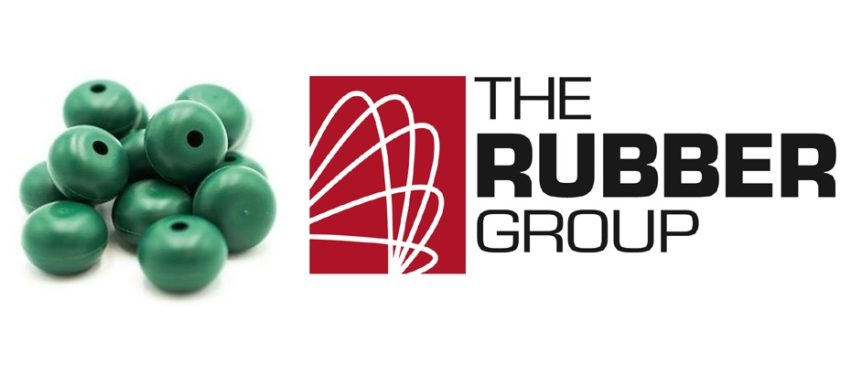Rubber-to-plastic bonded assemblies consist of an elastomer that is molded and chemically bonded to a prepared plastic surface using a specialized adhesive. During injection, transfer, or compression molding, both rubber vulcanization and adhesive curing occur at the same time. Applications for rubber-to-plastic bonding range from small electronic devices to large transportation-related products.
The adhesives that are used for rubber-to-plastic bonding offer key advantages over mechanical fasteners. First, adhesives spread uniformly and put minimal stress on joints. They can also join irregular shapes and resist cyclic fatigue while supporting light weighting, gap filling, and sealing. Although chemical bonds are strong, rubber-to-plastic bonded assemblies should include a mechanical locking mechanism if possible.
For engineers, rubber-to-plastic bonding that’s both strong and long-lasting can make the difference between a successful product launch and premature failure in the field. The following sections provide an overview of five key design and manufacturing considerations. For more information, or to discuss your specific application, contact The Rubber Group.
#1 Part Design and Application Environment
When designing rubber-to-plastic bonded assemblies, there are several guidelines to consider. First, it’s important to encapsulate as much of the plastic’s surface as possible to maximize chemical bonding and minimize flash formation. Second, to promote mechanical bonding, part designs that include holes or other features allow the rubber to flow around or through the plastic. The application environment is especially important not just in terms of part design, but also material selection.
#2 Rubber and Plastic Materials
Materials can be harder or easier to bond because of their ingredients and surface energy. For example, because EPDM rubber contains polypropylene (PP), it adheres well to many PP plastic substrates. Silicones, a group of elastomers, are hard to bond because they have low surface energy. With some combinations of rubber and plastic, the substrate may require corona discharge, flame treatment, or plasma treatment to increase surface energy. This greater “wettability” promotes adhesive spreading.
#3 Surface Preparation
Rubber-to-plastic bonding also requires proper surface preparation. It’s important to clean the plastic’s surface with an aqueous alkaline or non-aggressive solvent. Proprietary materials like Teflon® or Delrin® may need specialized cleaners instead. With plastics, light sanding or abrading promotes adhesion. Yet heavy sanding can generate excessive heat and cause melting or warping. After surface preparation is complete, check the plastic’s dimensional tolerances prior to coating.
#4 Coating System
Most coating systems for rubber-to-plastic bonded assemblies consist of a primer and an adhesive. The primer increases surface friction and promotes subsequent adhesion of the topcoat. One-component systems are also available. In terms of chemistry, coating systems can be categorized as aqueous, hybrid, or solvent base. They may be designed to withstand different coefficients of thermal expansion and to provide varying degrees of resistance to water, chemicals, pressure, wear, and abrasion.
#5 Molding Process
Rubber-to-plastic bonding supports injection molding, transfer molding, and compression molding, commonly used processes for producing molded rubber parts. By optimizing mold pressure, elastomer viscosity, and temperature uniformity, molders can promote bond strength. Prebake, the heating of coated parts when they are loaded into mold cavities, optimizes curing conditions; however, too much heat can cause premature adhesive curing and a poor bond.
Do you have questions about rubber-to-plastic bonded for your next project? To speak with the experts, contact The Rubber Group.

